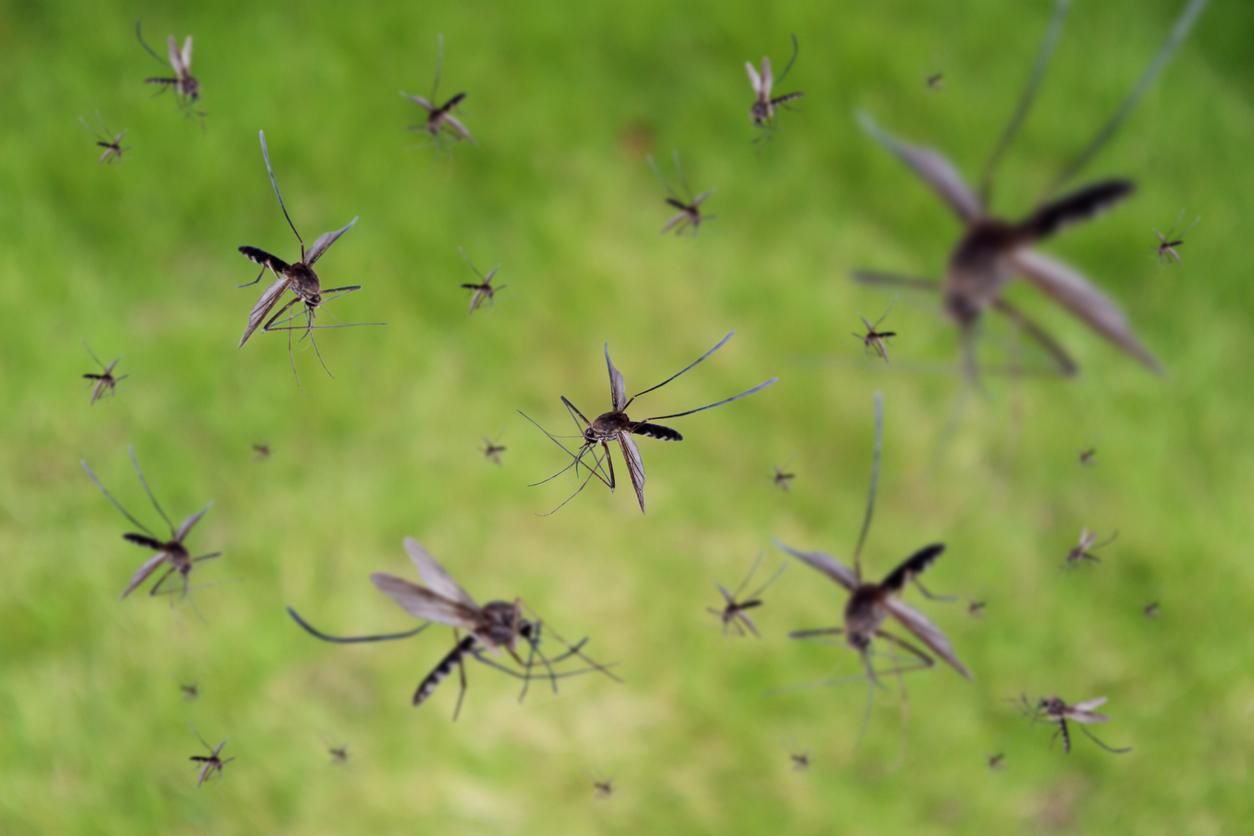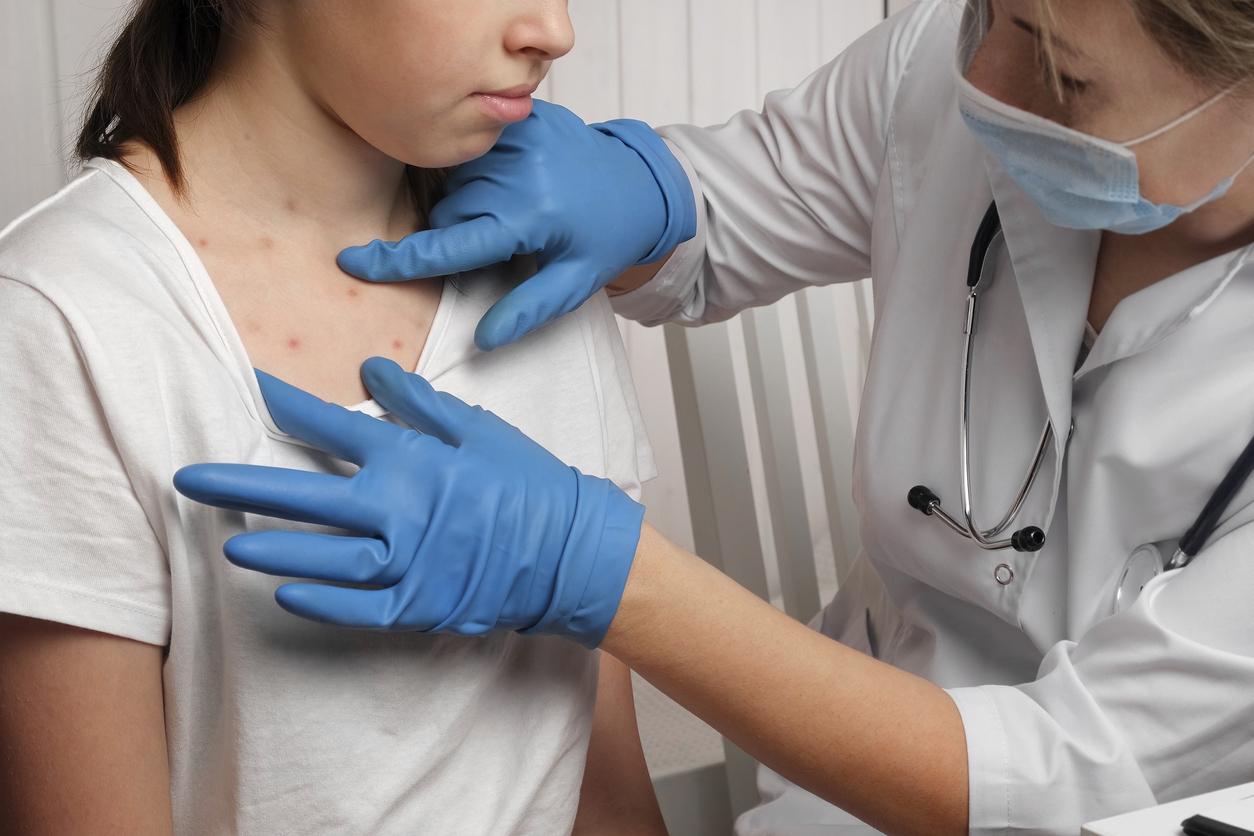As the Zika virus panics Latin America and the Caribbean, researchers estimate that 60% of Americans, Argentines and Italians live in areas favorable to its transmission.

- Almost 60% of the population of the United States, Argentina and Italy live in areas favorable to its transmission. In France, the health authorities believe that the risk is “real”.
- The Zika virus was first discovered in 1947 in a monkey in Uganda. The first epidemic broke out in Micronesia 60 years later.
- Like its cousins dengue and chikungunya, the Zika virus is transmitted by mosquitoes of the genus Aedes.
- Since May 2015, an unprecedented epidemic has raged in Brazil. It quickly spread to Latin America and the Caribbean.
- Almost 60% of the population of the United States, Argentina and Italy live in areas favorable to its transmission. In France, the health authorities believe that the risk is “real”.
As a dozen countries in Latin America and the Caribbean struggle against the rise of the Zika epidemic, the threat now hangs over the West. An international team of researchers has indeed shown, in an article published on January 14 in The Lancet, that the Zika virus has the potential to spread in the north of the American continent as well as in Europe.
Eight months before the Olympic Games in Rio, scientists are taking the danger very seriously. “The world we live in is interconnected. Infections are no longer confined to an isolated region, warns one of the authors, Dr. Isaac Bogoch, an infectious disease specialist at Toronto General Hospital. Today, diseases originating in the most remote corners of the world are arriving at lightning speed on our doorstep ”.
Recent epidemics
First discovered in 1947 in a monkey in Uganda, the Zika virus is then isolated from a mosquito Aedes. It will cause its first epidemic in Micronesia in 2007. “At the time, it was the largest ever reported in the world. It was described as a mild illness resulting in fever, joint pain, conjunctivitis and rash, explained to Why actor Arnaud Fontanet, director of the epidemiology of emerging diseases unit at the Institut Pasteur (1). Clinical manifestations that can be found in other diseases of the same type such as dengue, also carried by the mosquito Aedes aegypti. “
Then in 2013, the Zika virus hit French Polynesia. For the first time, doctors have noticed a post-infectious neurological complication, Guillain-Barré syndrome. A complication also observed in Brazil, victim of an unprecedented Zika fever epidemic – between 440,000 to 1,300,000 suspected cases have been reported – since May 2015.
But in this Latin American country, it is another syndrome that worries. In 9 months, more than 3,000 children infected during pregnancy suffer from microcephaly. Since Zika’s arrival in Brazil, the incidence of this birth defect has increased 20-fold.
Arnaud Fontanet, Director of the Emerging Diseases Epidemiology Unit at the Institut Pasteur: ” These would be women who are infected with the Zika virus while they are pregnant but it is not known which period of pregnancy is the most at risk. “
A mapping of risk areas
Today, this complication, probably linked to Zika, is causing the whole world to panic. This concern is all the greater as cases are observed in countries free of the virus, in particular in the United States. These cases are the result of importation of the virus by infected travelers. It is also very likely that these people are unaware of being carriers of the virus because only 20% of infections are symptomatic.
Also to predict the risks of propagation, the researchers analyzed the air connections between Brazil and the different countries of the world. Among the 10 million travelers, 65% go to the United States (over 2.7 million), 27% go to Europe (1.2 million people land in Italy, Portugal and France) and 5% in Asia .
“The risk of developing an epidemic locally then depends on the presence of the vector and the conditions in which it lives”, specifies Dr Fontanet. Like its cousins dengue and chikungunya, the Zika virus enjoys tropical and subtropical regions, with a predilection for urban areas.
A “real” risk in metropolitan France
Researchers at the University of Oxford therefore focused on countries bringing together different elements. Depending on the distribution of mosquitoes capable of transmitting Zika, Aedes aegypti and theAedes albopictus (better known as the tiger mosquito), they estimate that more than 60% of the population of the United States, Argentina and Italy live in areas favorable to its transmission.
Last July, the High Council of Public Health (HCSP) estimated that “the conditions for an indigenous transmission of the Zika virus are met in the French departments of America”. The 47 indigenous cases confirmed in Martinique prove it.
And with more than 2.5 million air passengers between France and these overseas departments plus the presence of the tiger mosquito in 30 French departments, the risk of transmission in mainland France is “real”.
Arnaud Fontanet : ” In the south of France, the Aedes albopictus mosquito is present. At the moment we are in the winter period, it is not at best for a transmission but it could take place when the season is favorable. “
At present, there is no vaccine or antiviral to fight against the spread of this virus. The counter-attack then involves hunting mosquitoes. Regularly emptying or even eliminating the cups under flower pots and outdoor vases are the most radical methods. Adding fish to the ponds is also a good solution as they eat the mosquito larvae. It is also strongly recommended, especially for pregnant women, to use repellents and wear long clothes.
(1) Professor holding the “Health and Development” chair at the National Conservatory of Arts and Crafts.
#Zika : Asymptomatic cases, microcephaly, travelers, mosquitoes … A threat to be taken seriously at 8 months of the Olympics https://t.co/9Rra6Sv6xI
– Pourquoidocteur (@Pourquoidocteur) January 18, 2016
.
















